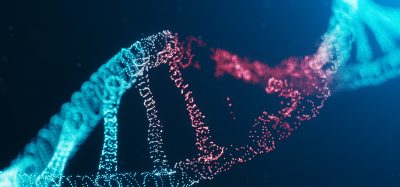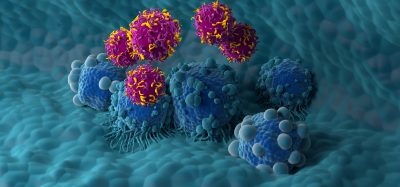Scientists identify the molecular mechanisms behind learning and memory
Posted: 27 June 2022 | Tony Portelli (Drug Target Review) | No comments yet
Researchers identify how acetylcholine sets off a signal cascade in brain cells that directly influence aversive learning and memory formation. The findings may open door to new therapeutic strategies for Alzheimer’s disease.


Acetylcholine (ACh) is a neuromodulator with a central role in memory and aversive learning—rapid conditioning to unpleasant smell, taste, or touch. These learning functions play out in cells called D2 receptor-expressing medium spiny neurons (D2R-MSNs) that are in the striatum/nucleus accumbens (NAc) of the brain. ACh levels increase in the NAc during aversive learning experiences. Previous studies have shown that ACh acts on D2R-MSNs through a receptor called muscarinic receptor M1 (M1R), which in turn activates the downstream signalling molecule called protein kinase C (PKC). However, thus far, the exact intracellular signalling mechanism through which ACh influences aversive learning has been unclear, which has limited the development of AD therapeutic strategies that directly target ACh intracellular signalling.
Recently, in a new study published in Molecular Psychiatry, researchers from Fujita Health University (FHU), Japan, have elucidated the molecular mechanisms of ACh for learning and memory.
Molecular signalling cascades are facilitated by a process called phosphorylation, which involves the addition of phosphate groups to certain substrate molecules by kinases within cells. To study phosphorylation, the research team employed a technique called kinase-oriented phosphoproteomic analysis.
The research team confirmed the role of ACh in stimulating PKC after monitoring phosphorylation events following ACh binding to M1Rs in mice striatal/NAc slices ex vivo. Subsequently, the phosphoproteomic anaylsis was performed, which yielded 116 PKC substrate candidates, including ‘β-PIX,’ the activator of a protein called ‘small GTPase Rac.’
“We discovered that PKC phosphorylated and activated β-PIX downstream of ACh, which in turn activated a kinase called PAK, a downstream target of Rac. We then examined the involvement of the identified ACh-M1R-PKC-Rac-β-PIX-PAK cascade in aversive learning and aversion memory by using passive avoidance tests in mice,” said Dr Yuki Yamahashi, a leader of the study. “This study constitutes the first evidence for the intracellular mechanisms of donepezil that regulate learning and memory
The team’s findings directly imply that the signal cascade, M1R-PKC-β-PIX-PAK, is involved in recognition memory and associative learning. This is very significant as the cascade itself offers a platform for screening Alzheimer’s disease drugs undergoing development.
“While we only focused on β-PIX and elucidating the M1R-PKC-PAK pathway, our phosphoproteomic data revealed many other PKC substrates—presynaptic proteins and postsynaptic scaffold proteins to name a few, which are registered in a database called Kinase-Associated Neural PHOspho-Signaling (KANPHOS). We are only seeing the tip of the iceberg and believe future research could yield novel mechanisms of signal transduction in other brain areas,” concluded Dr Yamahashi.
Related topics
Disease Research, Molecular Biology, Molecular Targets, Therapeutics
Related conditions
Alzheimer's disease (AD)
Related organisations
Fujita Health University (FHU)
Related people
Dr Yuki Yamahashi







